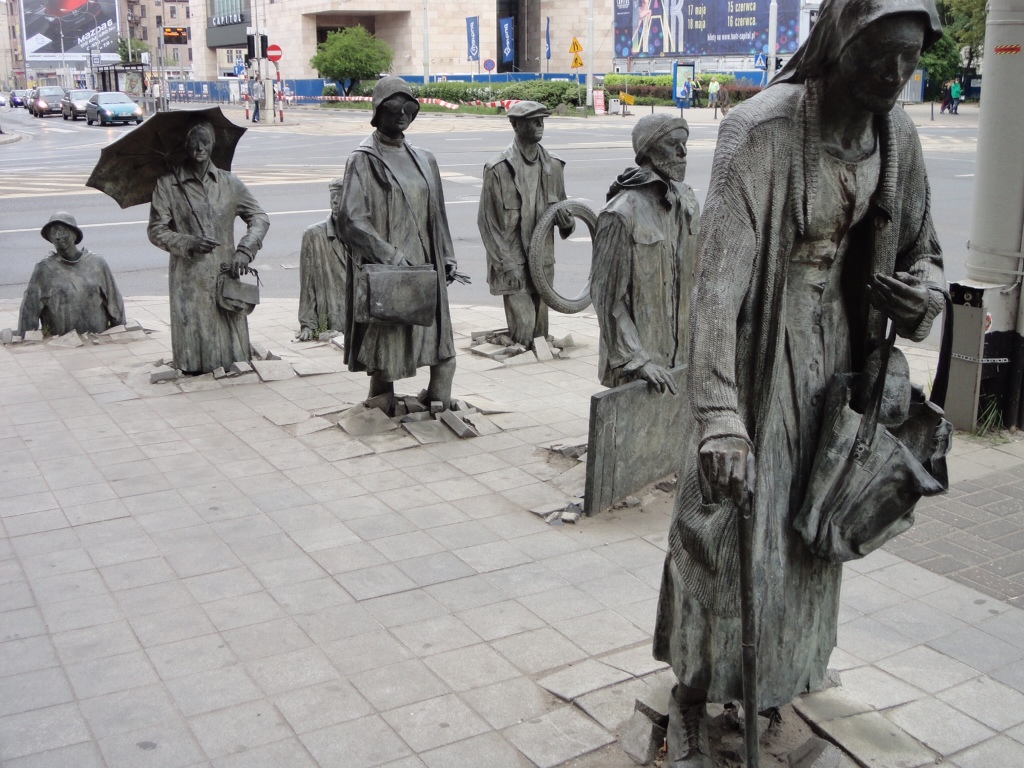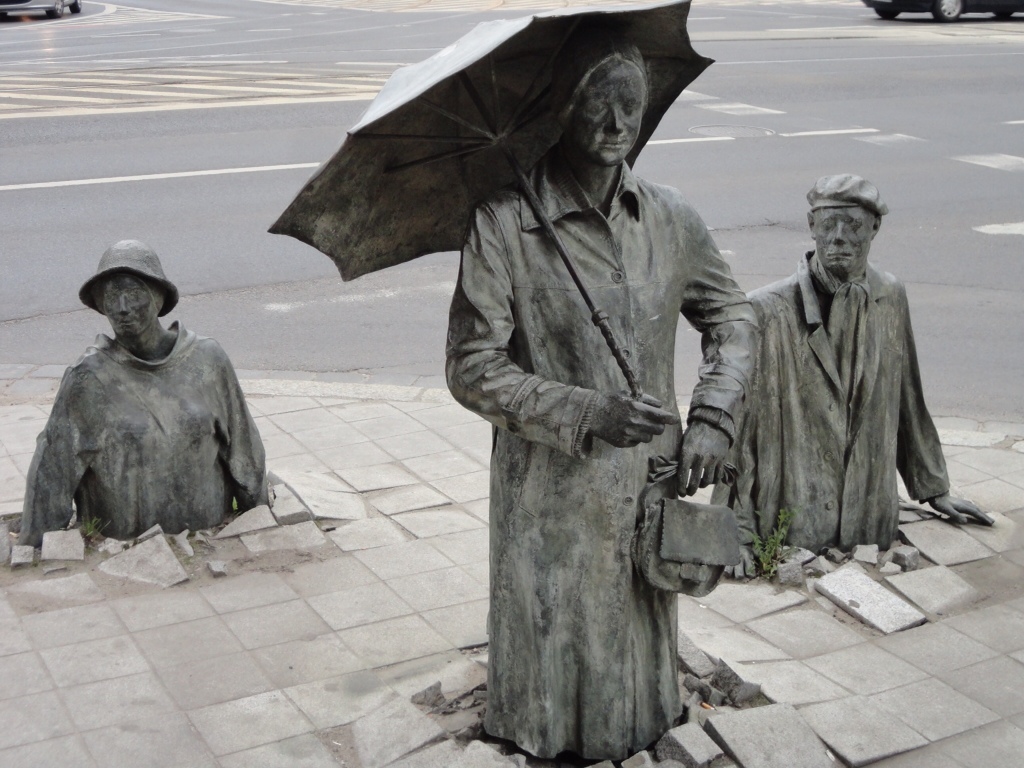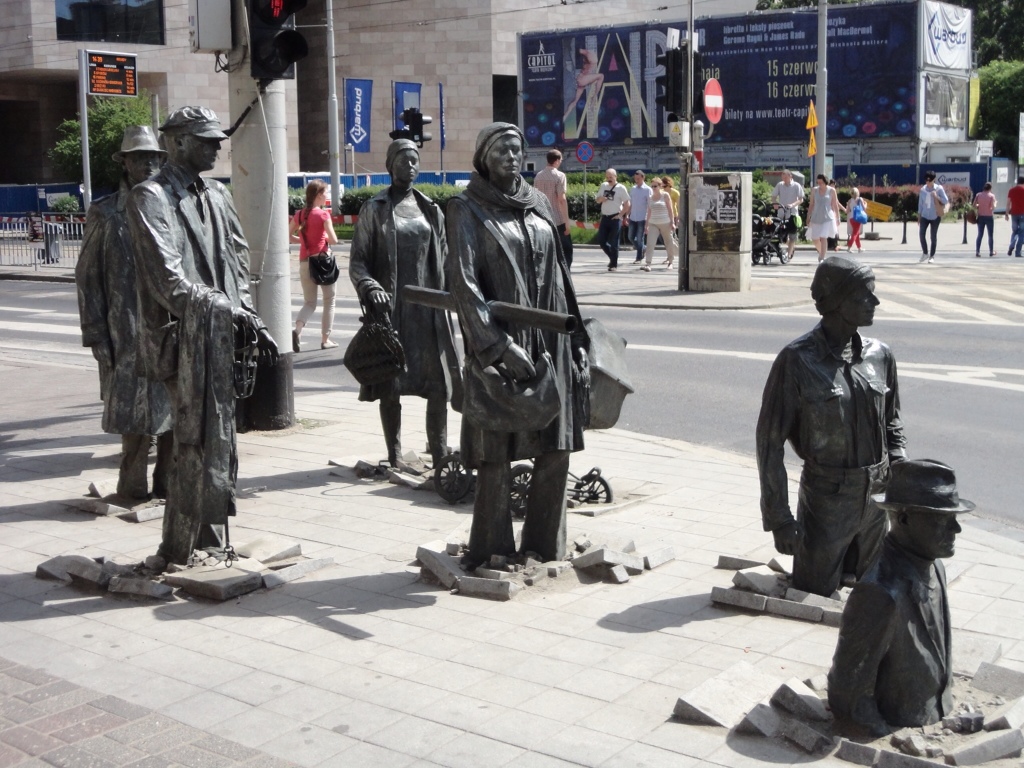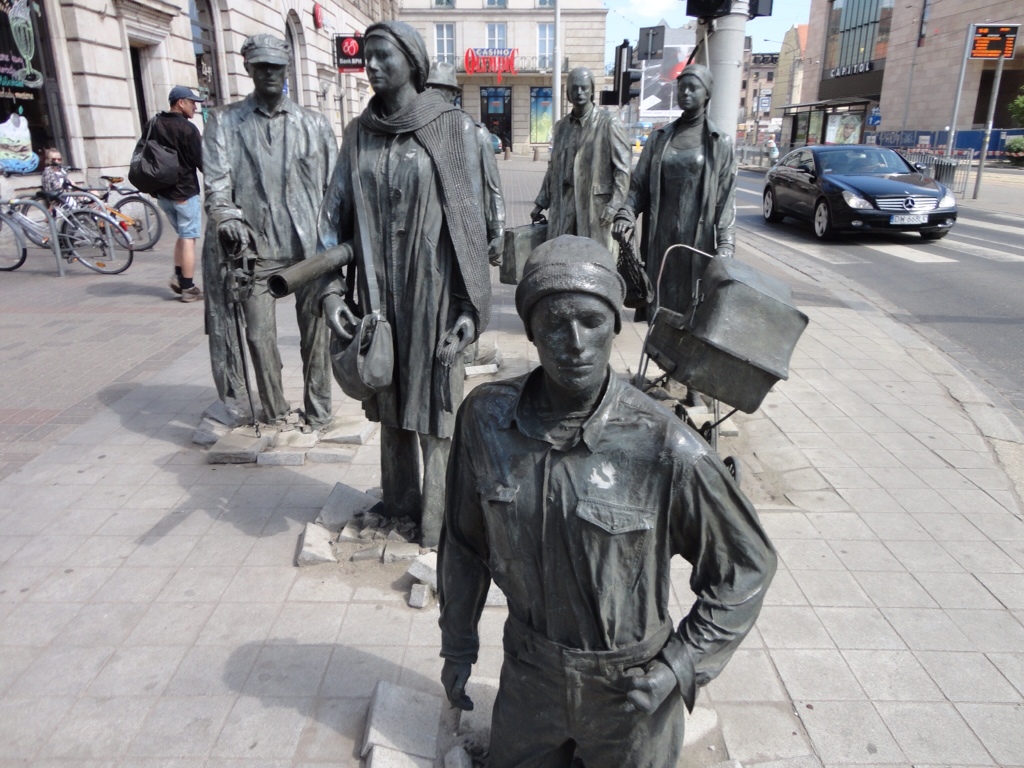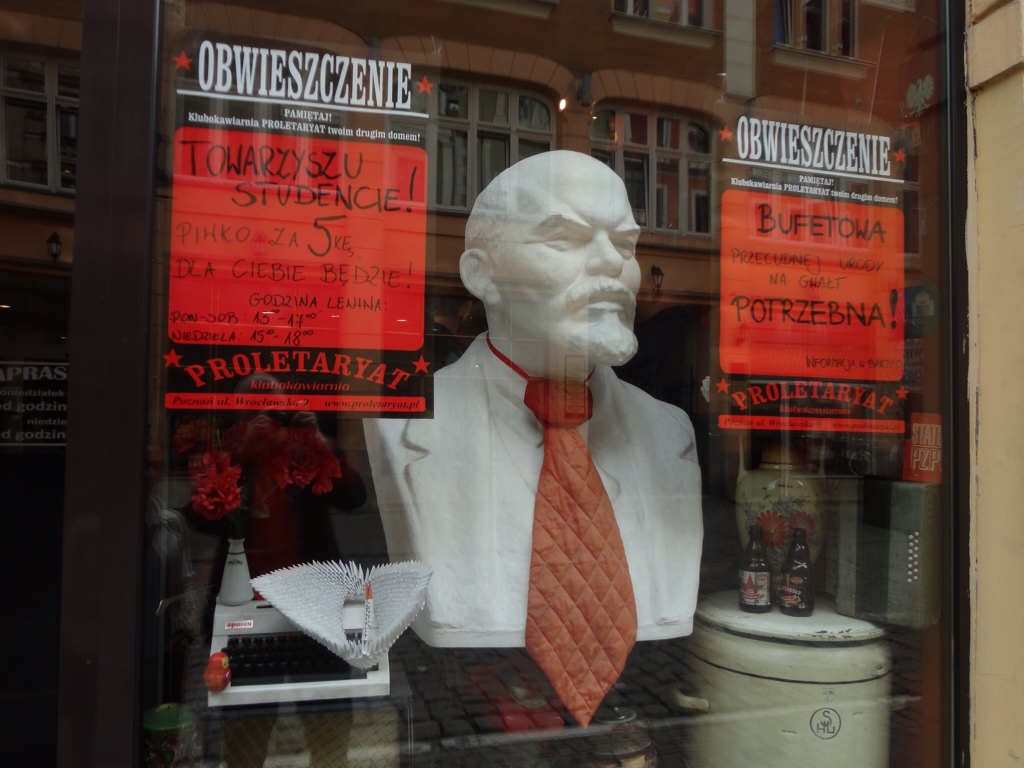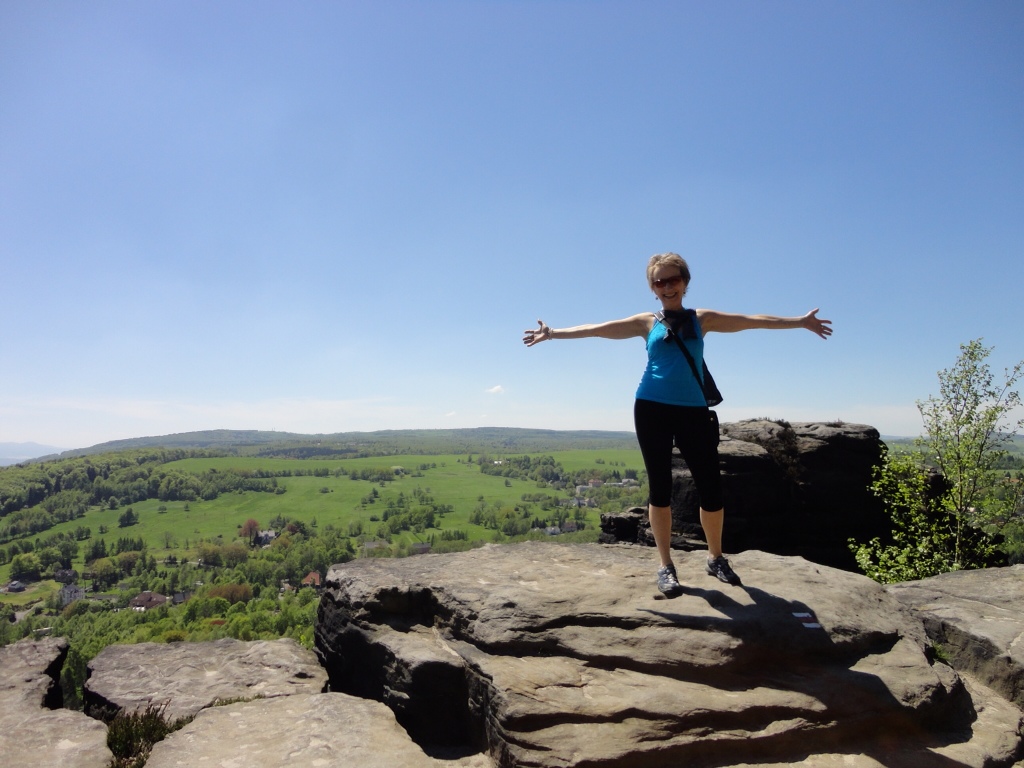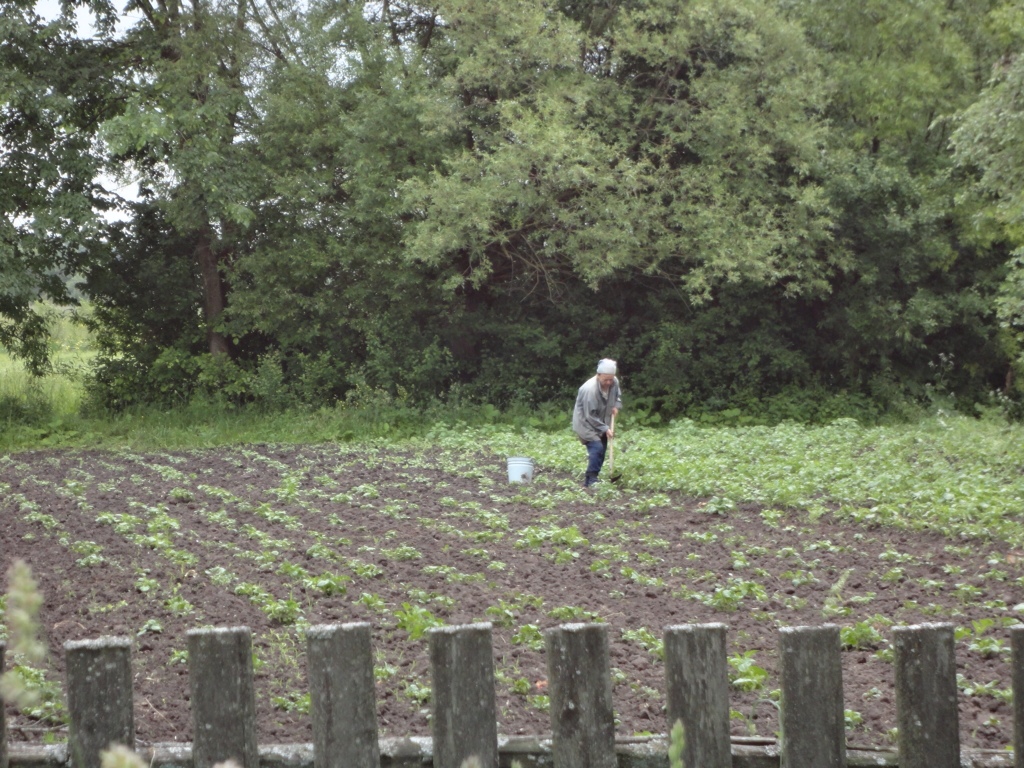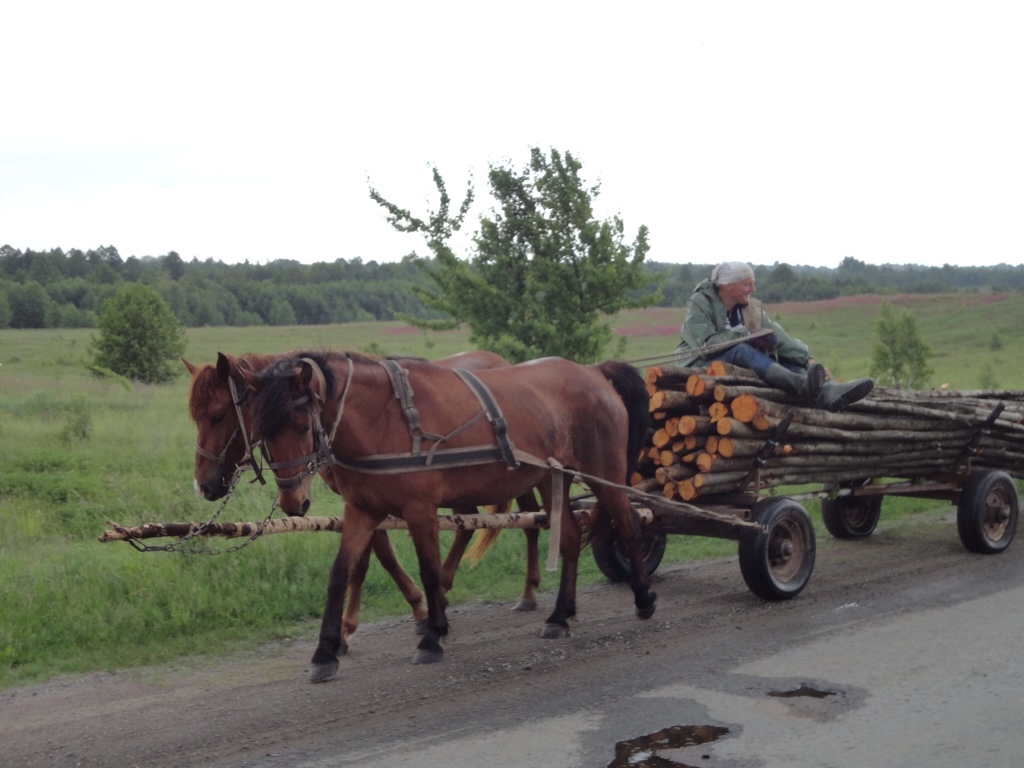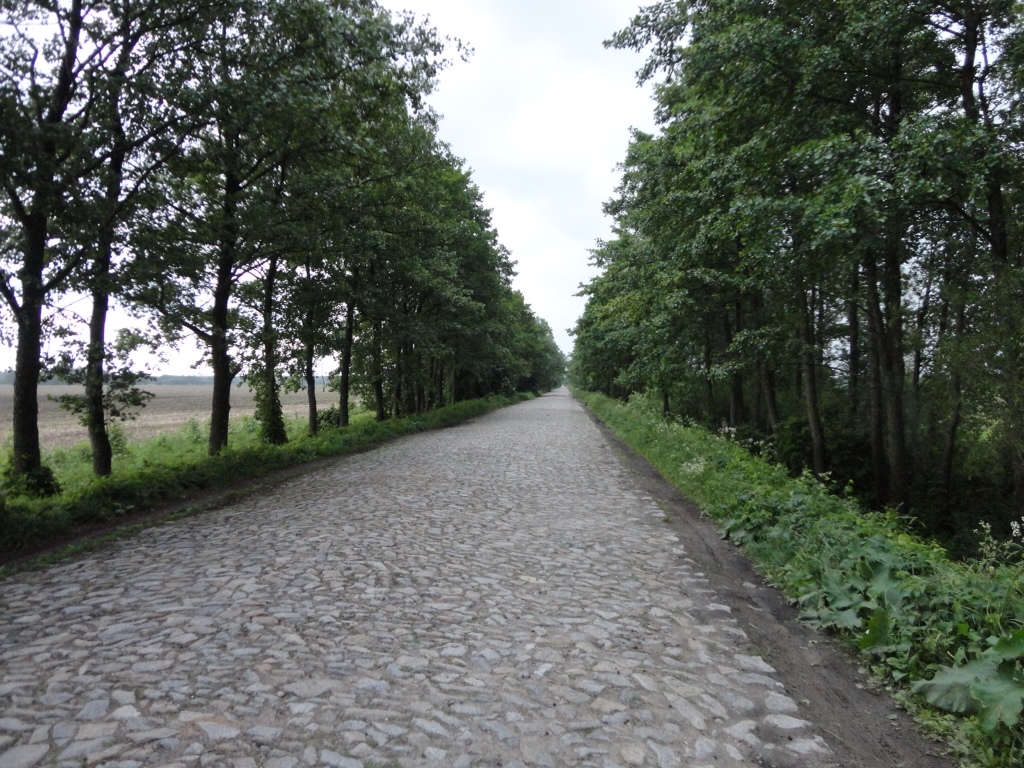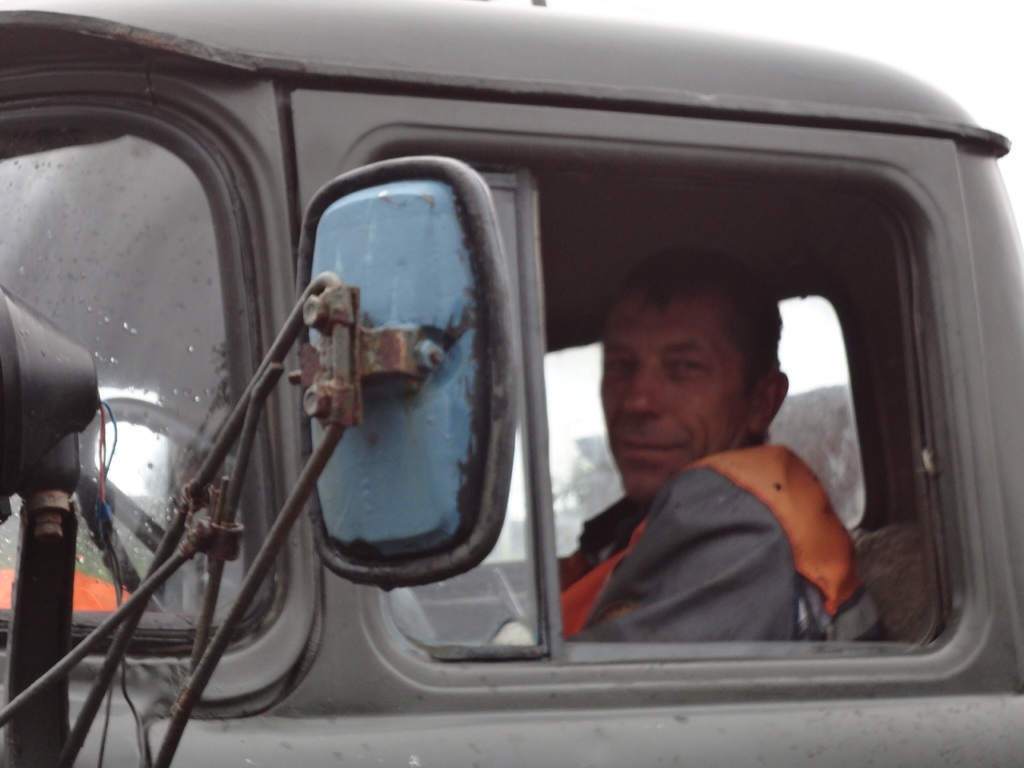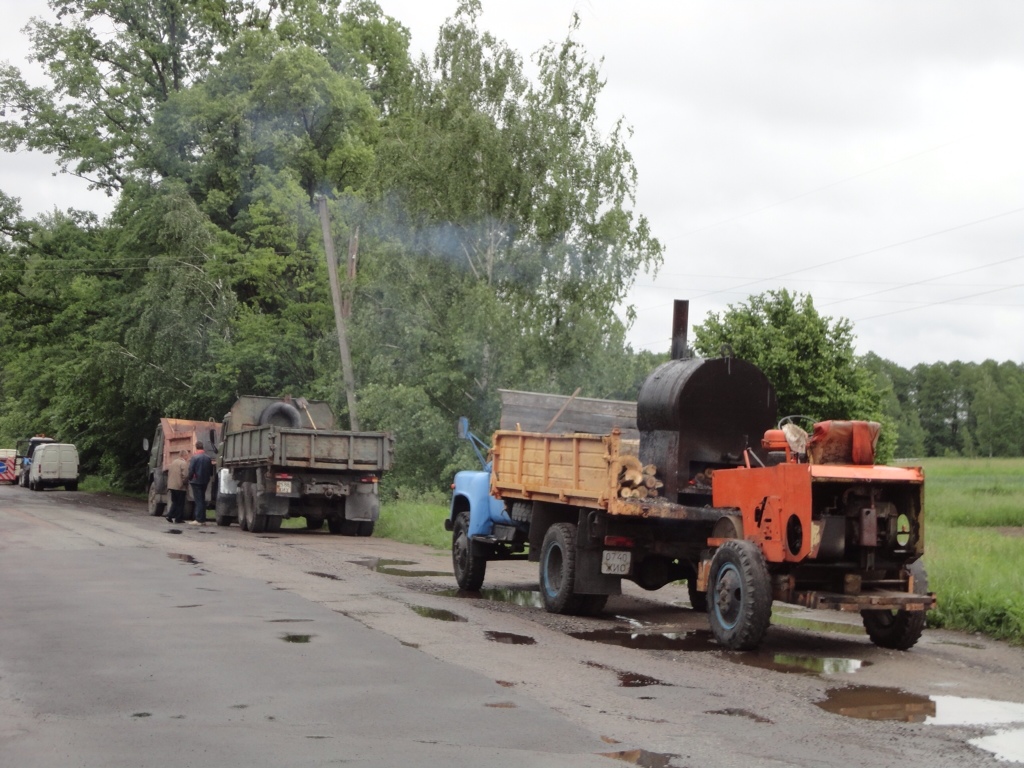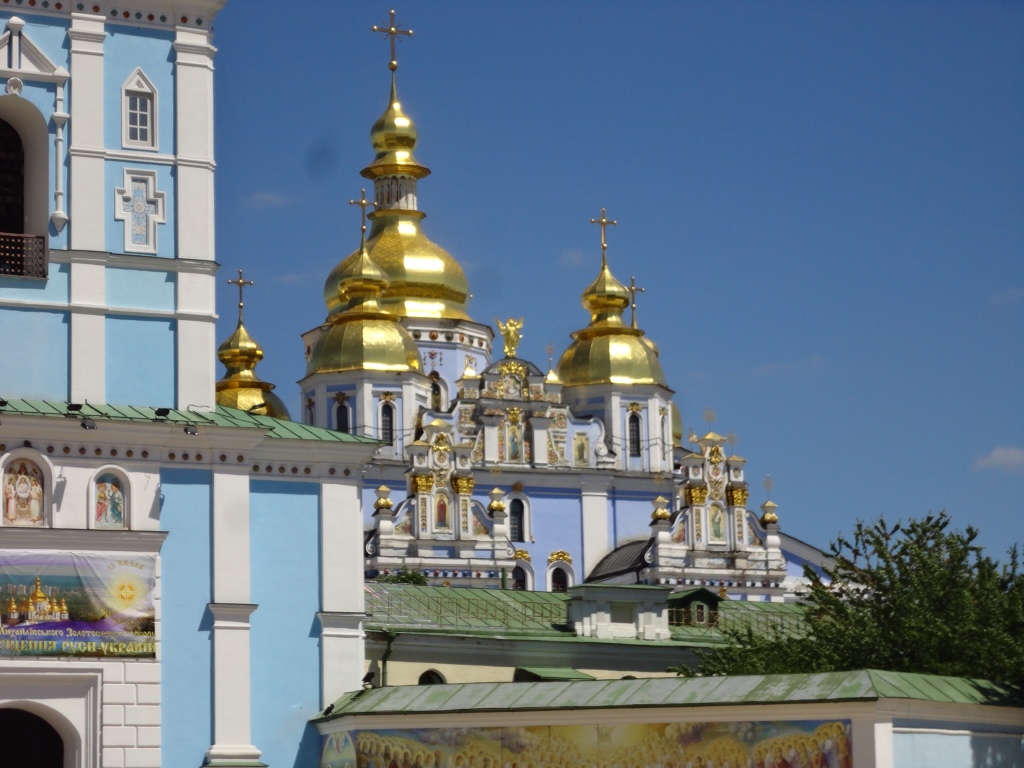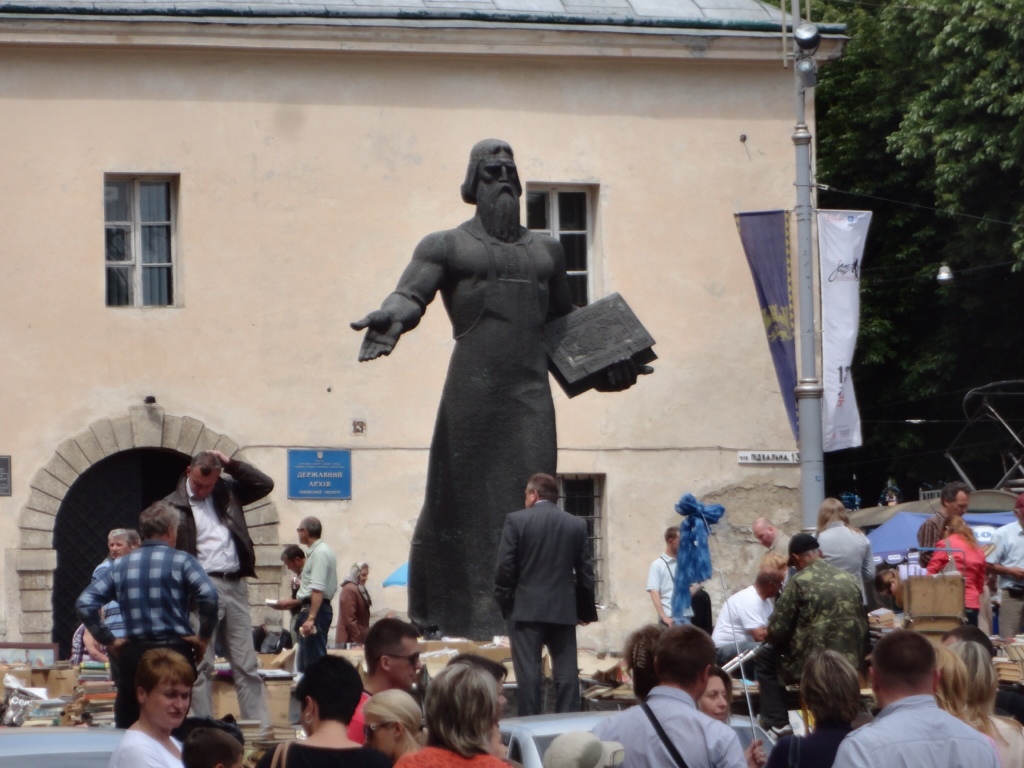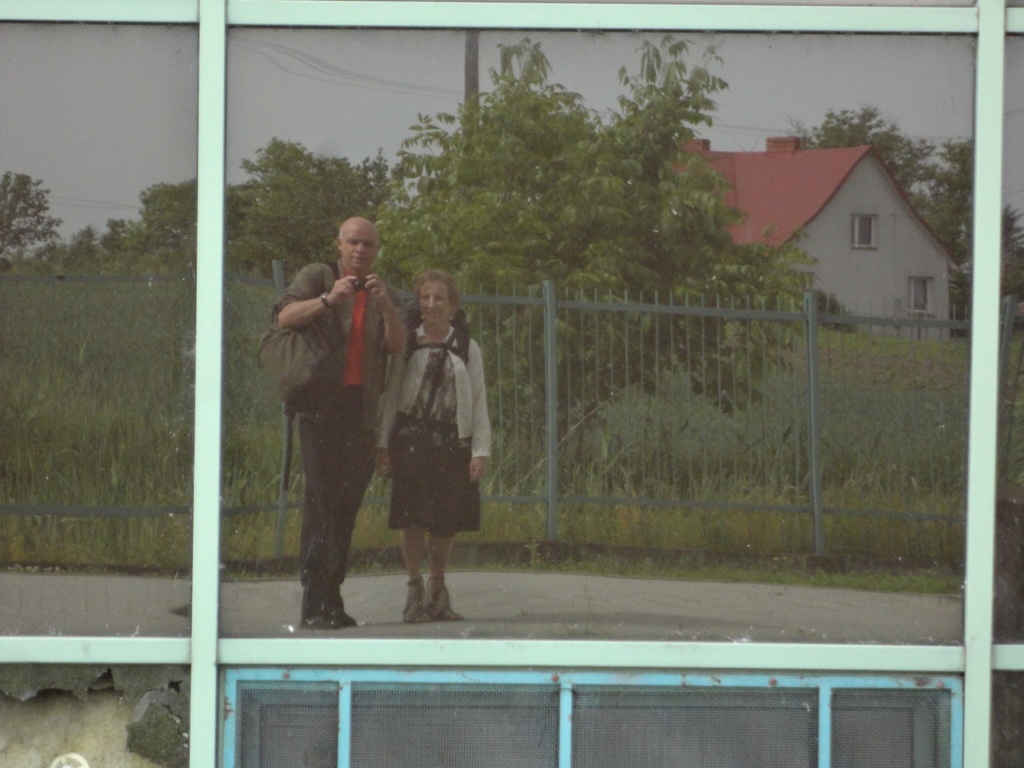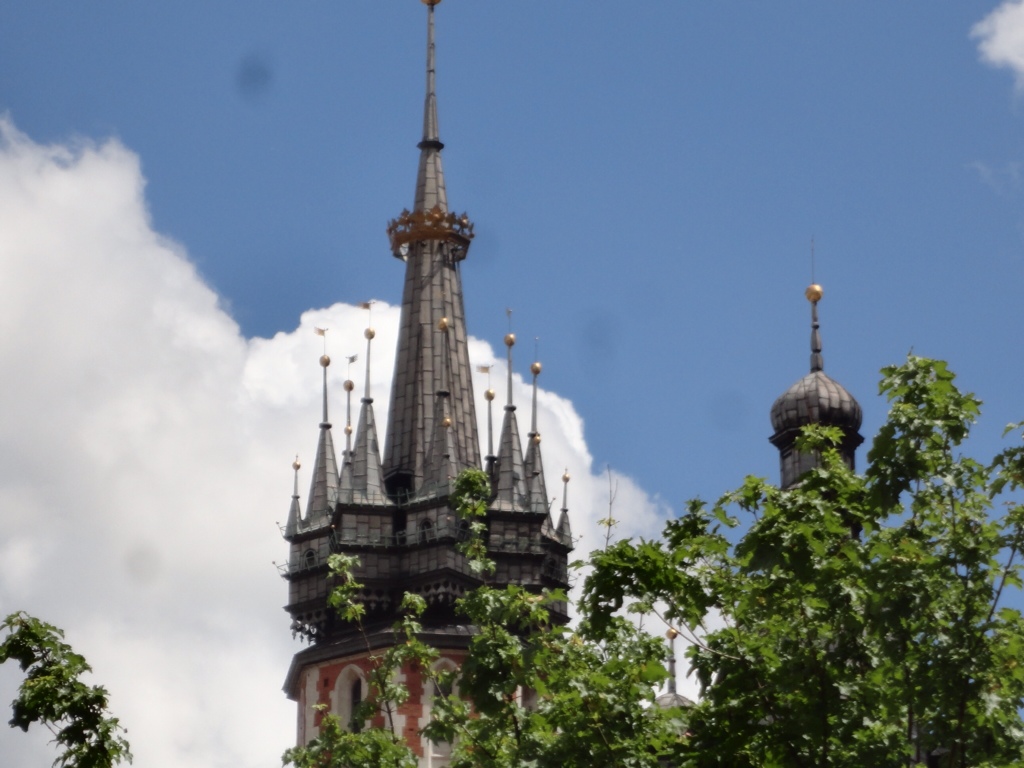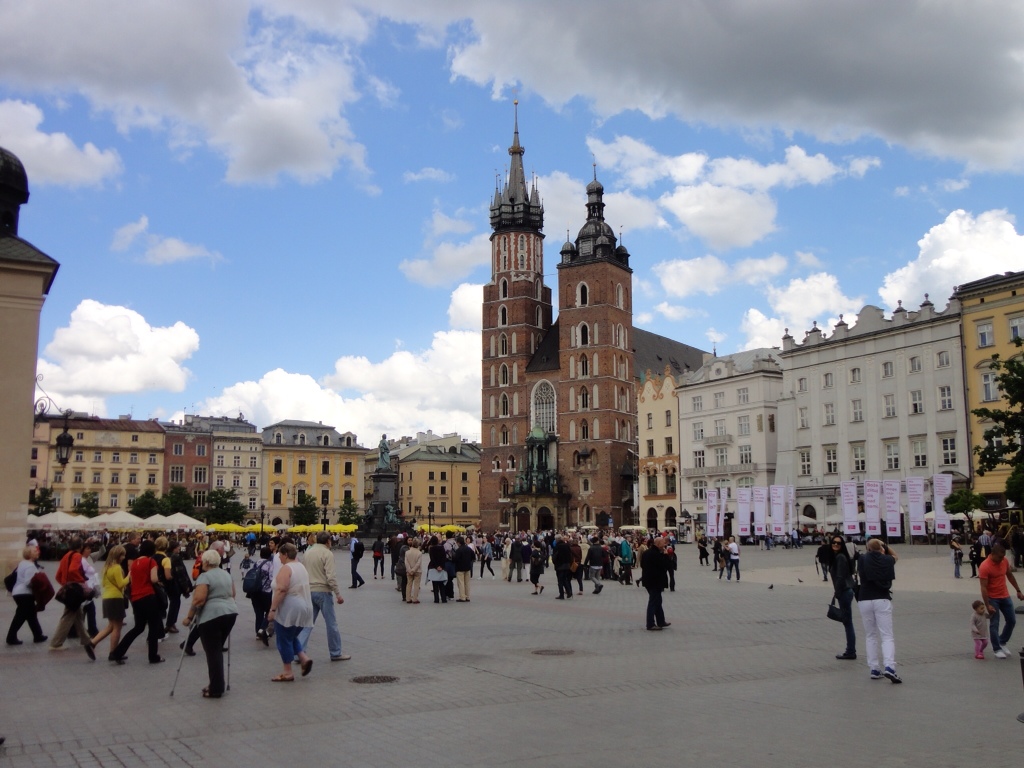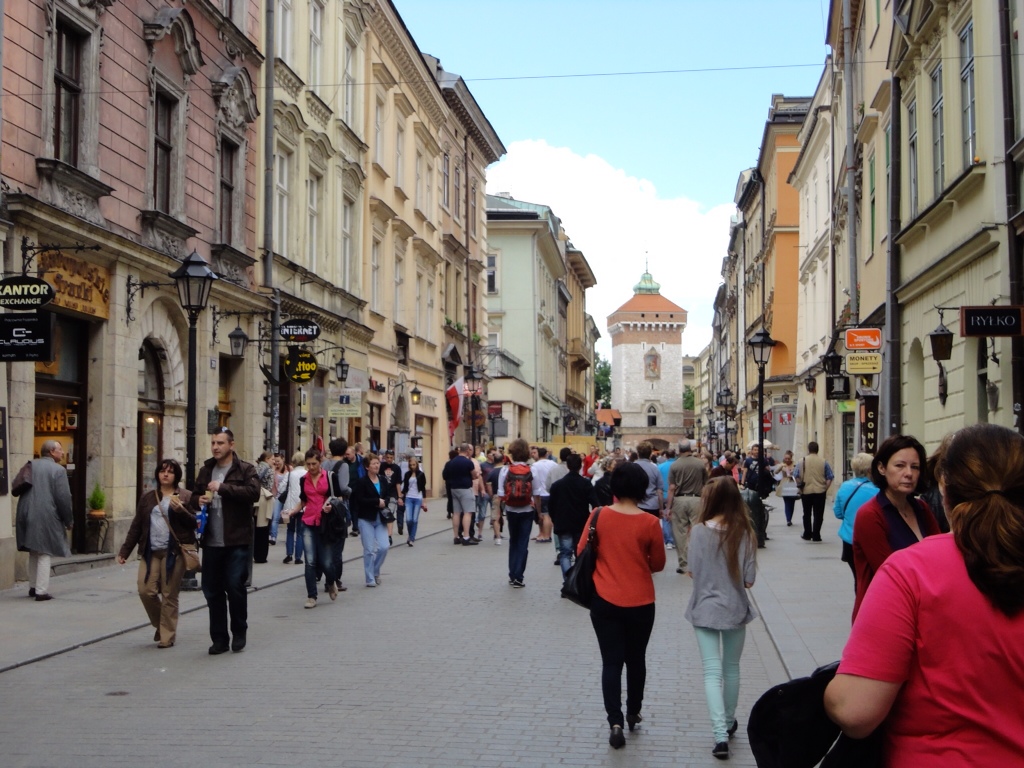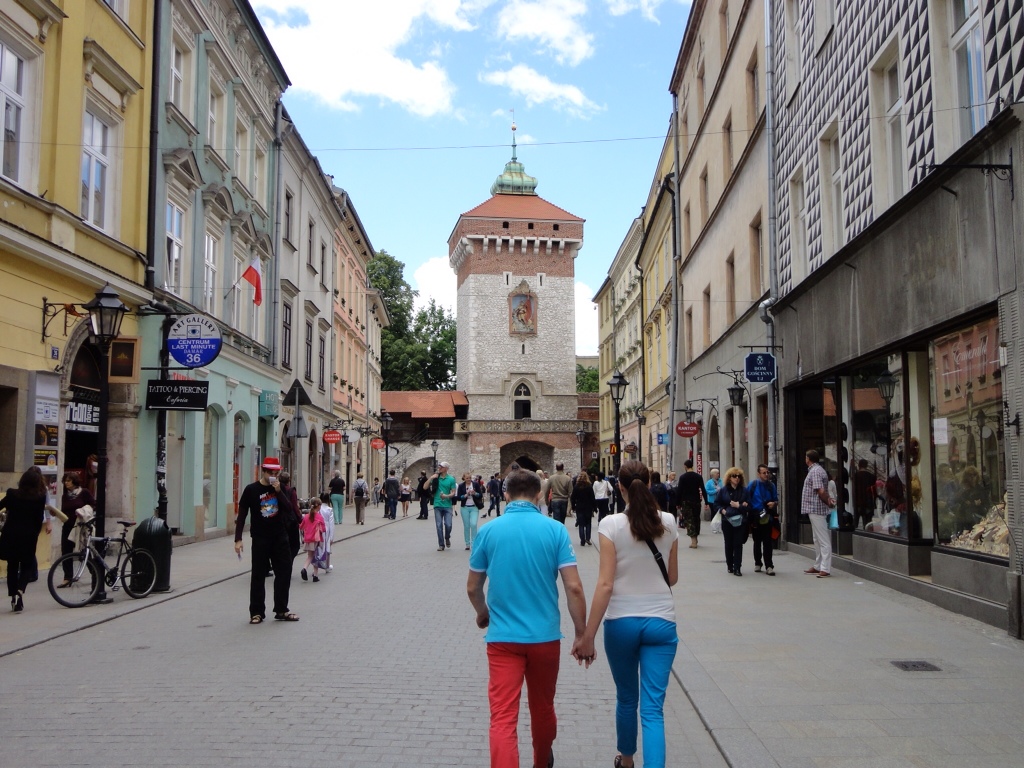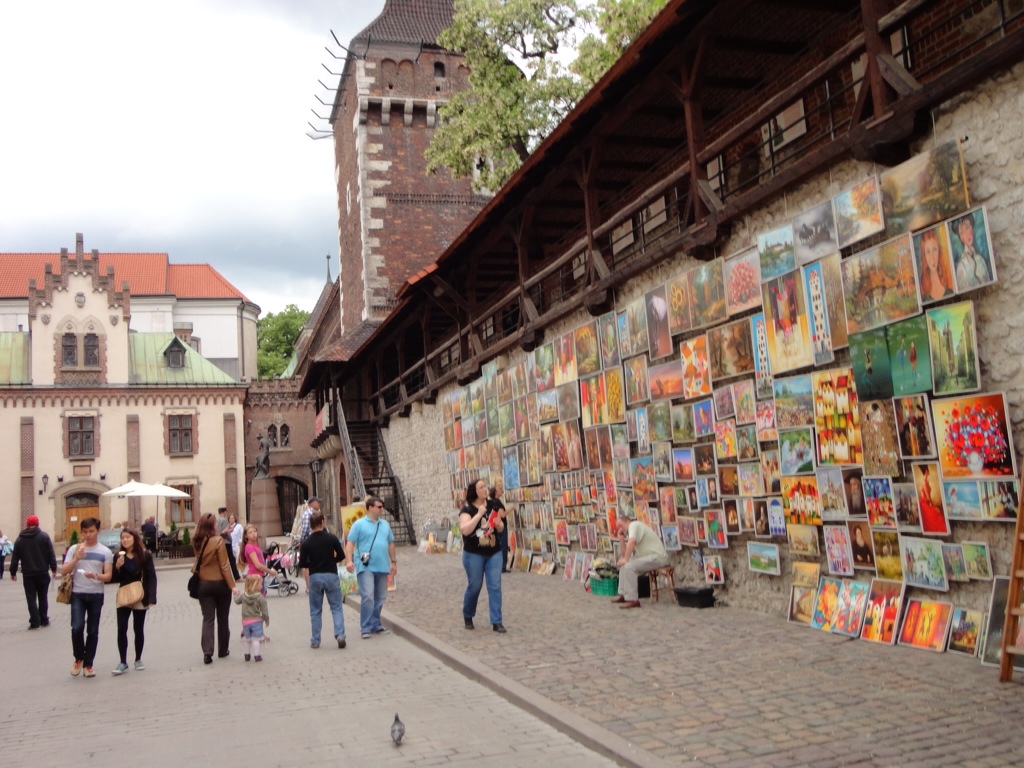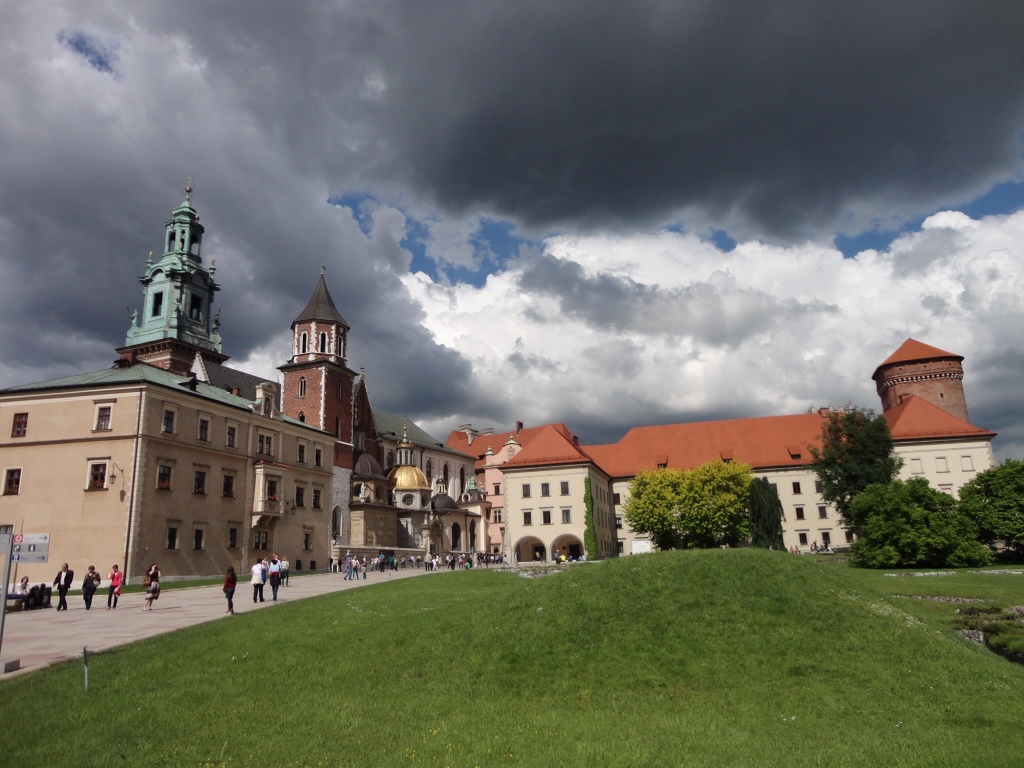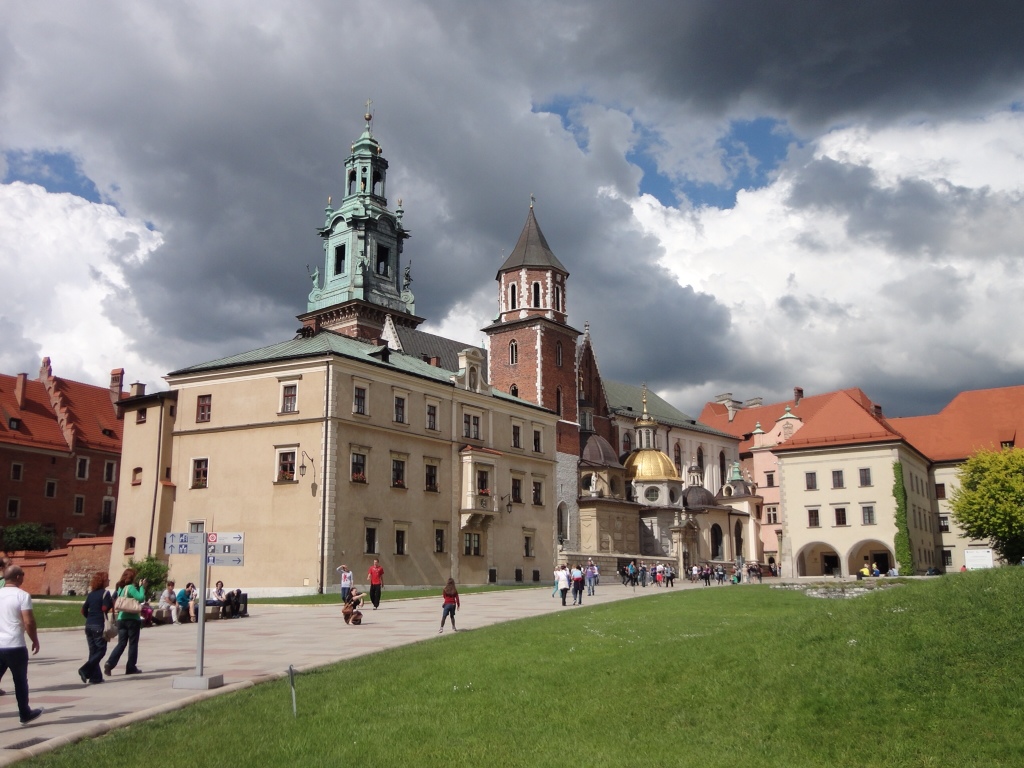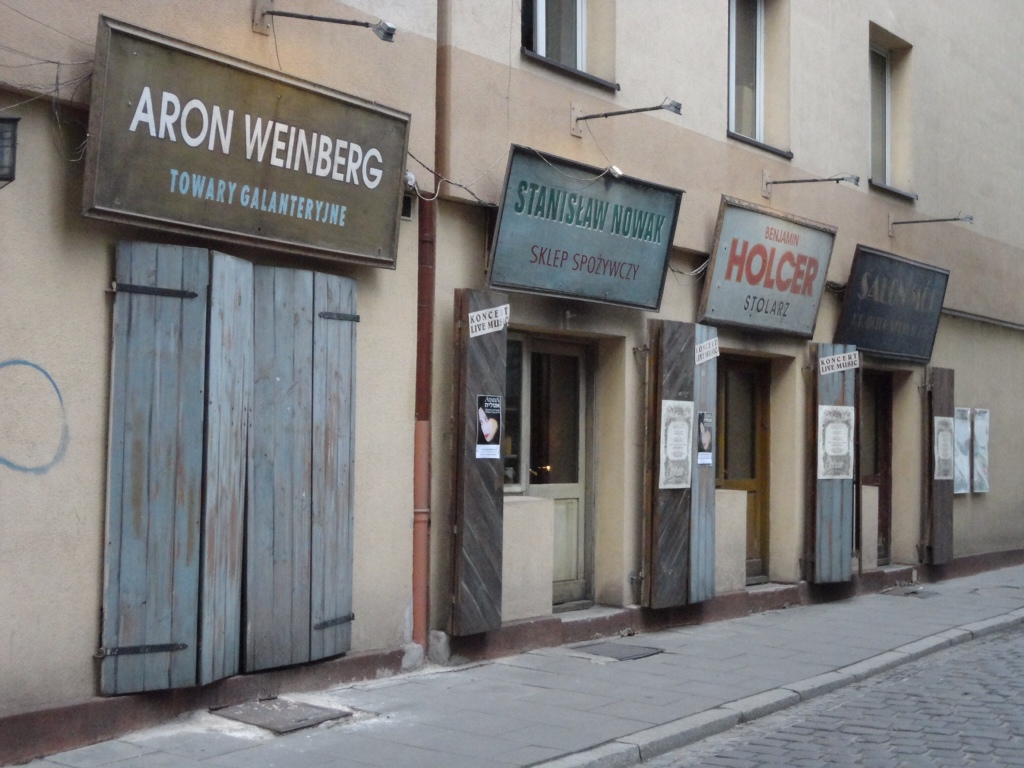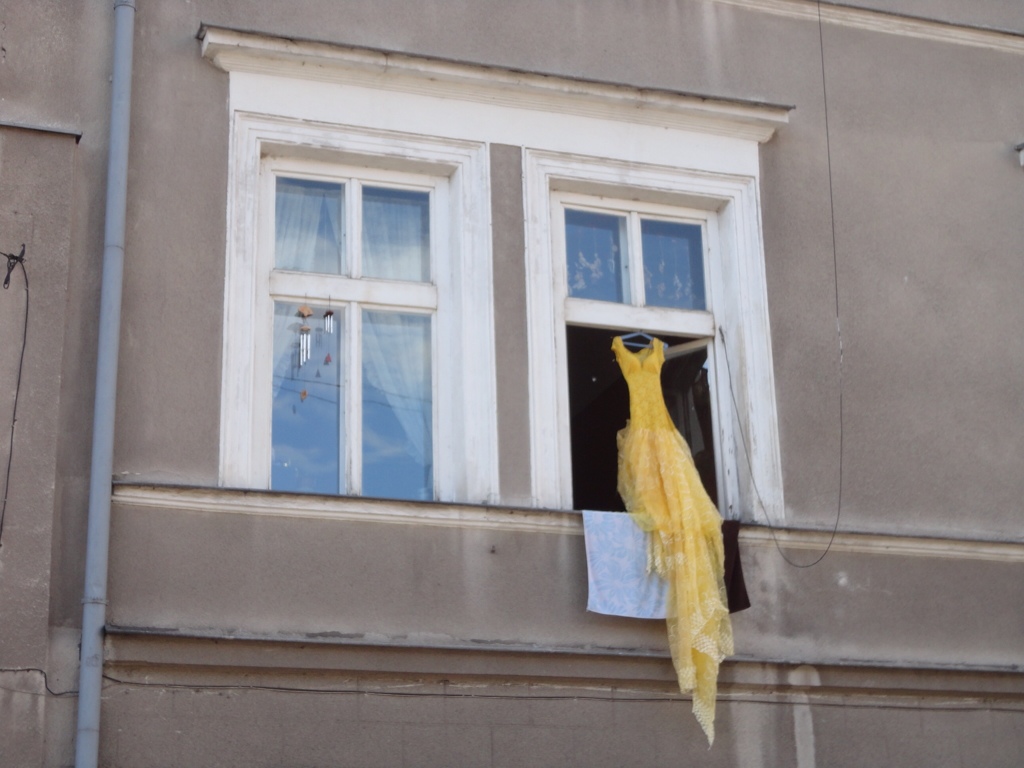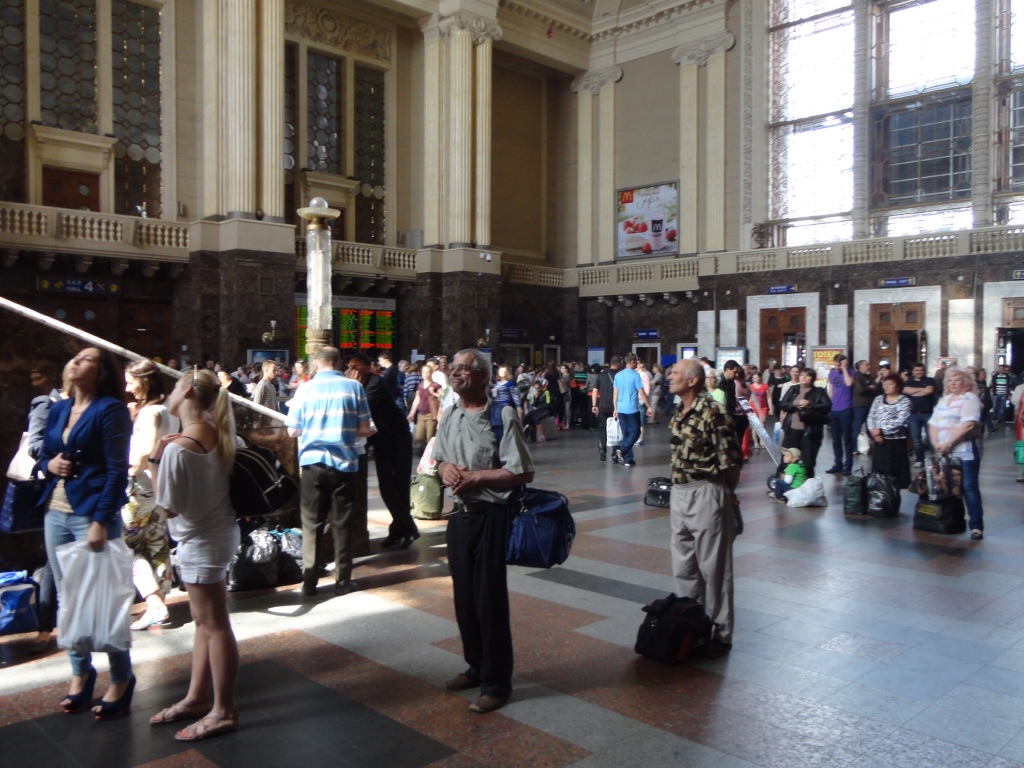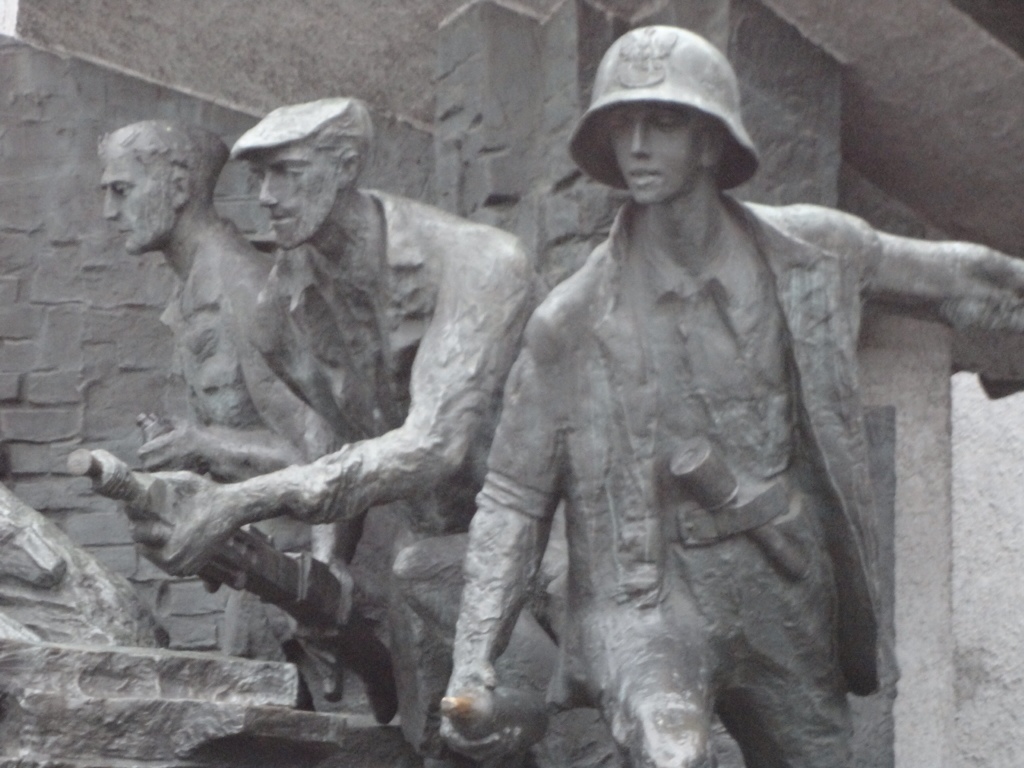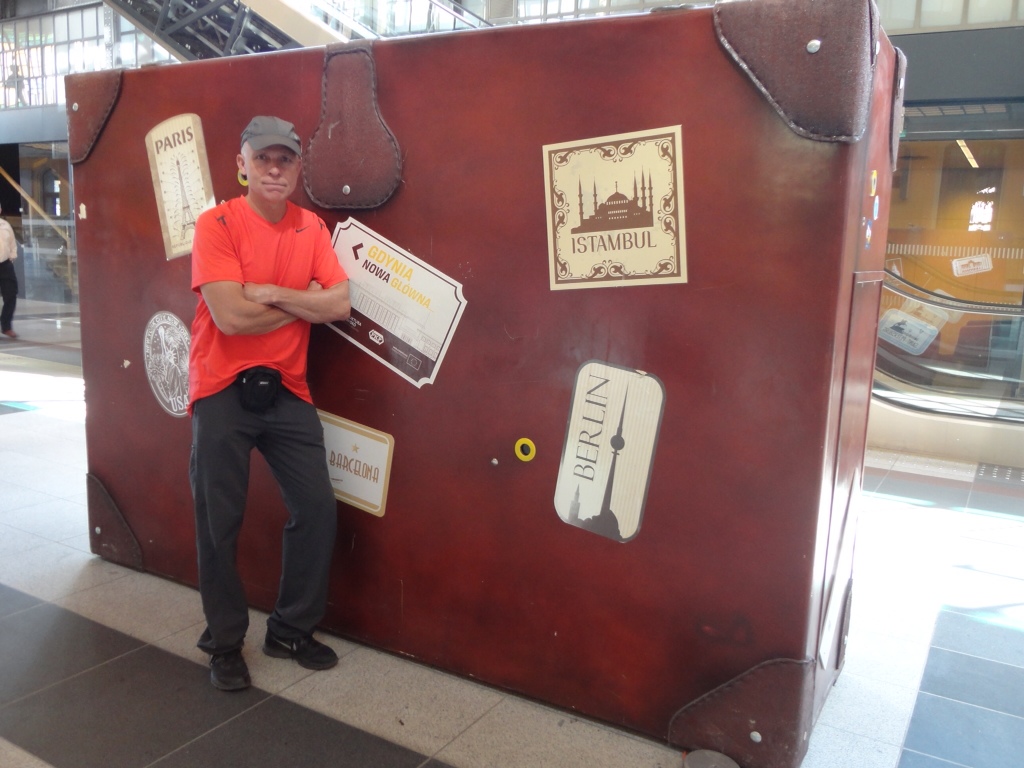A friend I met somewhere along this long road said that there are, generally speaking, two types of urban environments. There are those where the people stand out and are the most important feature. Then there are those where the infrastructure dominates: the buildings, the streets, the place itself. East Europe is both.
These folks in Wroclaw, Poland probably symbolize the rise of freedom from the yolk of Soviet oppression.
Yet these folks on the other side of the street are descending to who knows where.
That's a photo of my travel partner for three weeks Irena (meaning peace). Her parents suffered through the tough war years (1939 to 1945) in the Ukraine and Poland.
As you can see, the folks in the Ukraine are still limited in their chances to excel.
Here's a real stone road.
And here on a paved road nearby is a patching crew, still using a wood fire to heat the tar.
In Kiev, the capital, times are tough, but there is some beauty and hope.
And in Lviv, Ukraine (which is near the border with Poland) life is not so bad in this place that was once part of the Austrian empire.
Presiding over the busy bookseller's market in Lviv is the statute of the man who operated its first printing press.
This is Irena and I crossing the border on foot from Ukraine to Poland.
Once in Poland it is easy to see an improvement in the way people live. Poland is part of the European Union and even though it was under the Soviet cloak from 1945 until 1989, it was not under the more strict Soviet oppression that the Ukraine suffered as part of the now historic Soviet Union.
These are a few street scenes from Cracow, Poland–a city where the sites do tend to dominate.
Sadly, even though Cracow is a bounding tourist and commercial city, its proximity to the terrors of the extermination of millions still resonates in its streets.
Here, directly, we see the refurbished store signs of Jewish merchants who disappeared during the Second World War.
And just as symbolically, here hangs an empty dress.
All tallied, I have no answers to how and why these folks have had to suffer so much. I don't even know the questions to ask.
Even so, there is hope and life everywhere. Look for it. And if need be, fight for it. As shown by these heroes of the Warsaw fight against the Germans in 1944.

